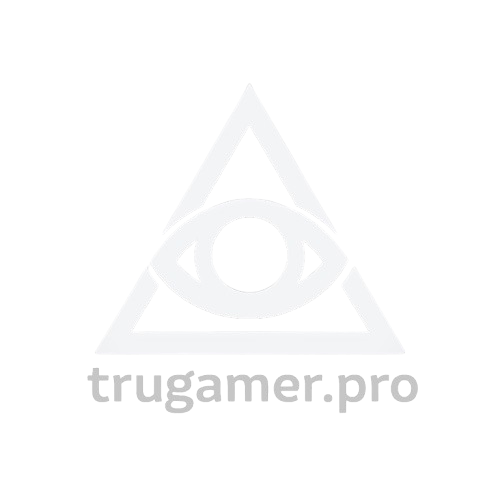Battlefield 6 is throwing off the glossy shackles of ray tracingâcompletely. No launch, no post-launch plans. That creative flourish, which bends light with physics-like realism, is being left on the cutting room floor in favor of something simpler: buttery-smooth performance.
Why the Developers Said No
Christian Buhl, the technical director at Ripple Effect Studios, didnât mince words:
âNo, we are not going to have ray tracing when the game launches and we donât have any plans in the near future for it either⦠We wanted to focus on performance⦠for the default settings and the default users.â
This was an early, deliberate choice, not a post-launch compromise. The idea is to make Battlefield 6 accessible and fluid across a broader range of hardwareâfrom consoles to modest PCsârather than catering exclusively to those with high-end GPUs.
The Upside: Performance Over Pixels
For a multiplayer shooter where split-second reaction time matters, stable high frame rates often beat cinematic visuals. Without the demands of ray tracing, frame pacing is more reliableâespecially when bullets start flying.
A good chunk of beta players were running the game on hardware even below the minimum specs. In that context, focusing on optimization is not just sensibleâitâs pragmatic.
The Trade-Off: Eyesores in the Details?
Some fans will mourn the lost realism: reflections shimmering on wet asphalt, realistic shadows playing across buildings, and nuanced lightingâall the subtle touches ray tracing excels at. Battlefieldâs gritty immersion is arguably watered down without it.
But letâs not oversell the visual gap. Multiplayer shooters are rarely the platform for art appreciationâplayers rarely pause to admire the lighting when thereâs an RPG hero zooming by.
What the Fans Are Saying
Reddit is awash with a tone of gritty pragmatism:
âMore players with budget builds/old builds who can play the game = more sales.â
âDeveloping ray tracing âthat can be turned offâ is a massive headacheâ¦â
Many argue that supporting optional ray tracing complicates development, increases QA burdens, and can still deliver a mediocre experience even for power users.
Final Verdict: Brave, Shrewd, or Both?
Skipping ray tracing is both bold and grounded. It bucks the trend of flashy graphics warsâbut itâs smart, too. In a domain where milliseconds matter, taking the frame-rate route over pixel perfection might just be the battlefield advantage players didnât know they needed.
The real risk? Alienating those who expect the latest graphical trimmings. But if Battlefield 6 delivers smooth, strategic chaos across consoles and crusty PCs alike⦠the gamble could pay off in spades.




